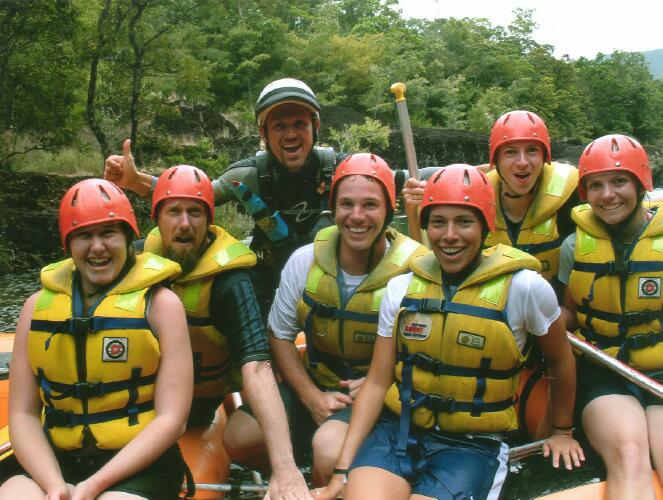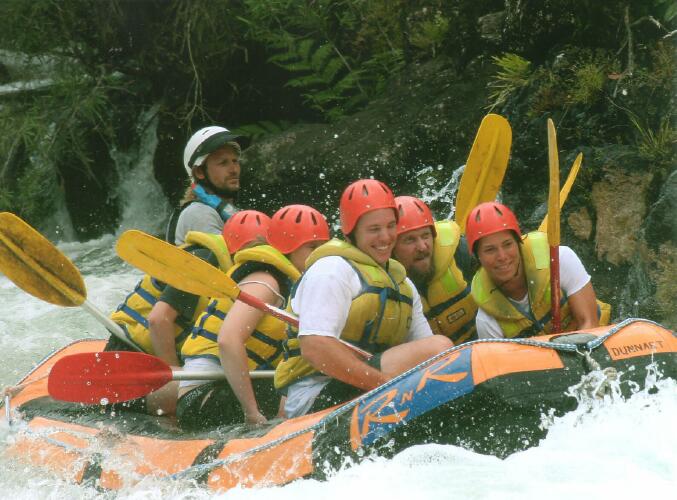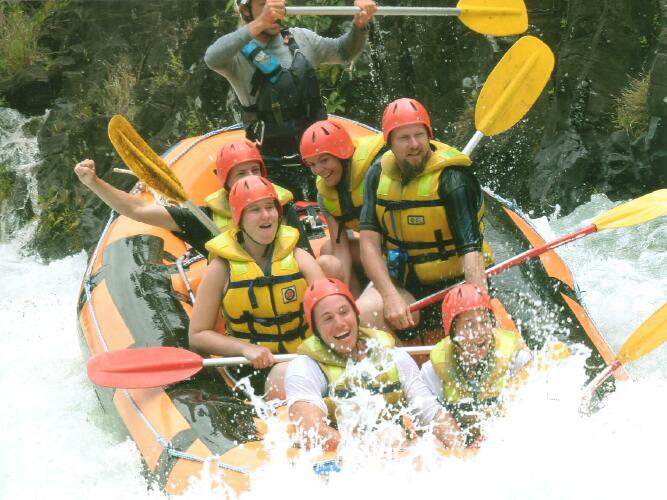
(click on the above logo to go to "R'n'R Rafting" Official Web Site)




Australian Whitewater
Rafting Grading System
(1995)
The river grading system used for grading the degree of difficulty
for river travel in Australia is as listed hereunder
Rapids are divided into six broad categories; from grade [1] which
is flat, or still water to a grade [6] which is difficult enough
to tax the most experienced crew of rafters to the limit
The ability of a paddler, thrown from his raft, to swim through
a rapid in safety is also a consideration when rapid grades are
fixed
The grade of difficulty of any given section of whitewater will
depend upon the degree of skill required to negotiate it, or indirectly,
upon the nature of the obstruction that the raft crew needs to
overcome
Grades do vary when water levels vary
As a generalisation grades tend to go higher as water levels increases
because of the steep nature of river gradients in this country
These grades are referred to as the NORMAL grade
Below are the general characteristics of the Grade 4 Rapids
- eg, Tully

|
Difficult rapids with high, powerful, irregular
waves ----------broken and confused water ----------often boiling eddies ----------strong stoppers ----------ledges ----------drops and dangerous exposed rocks The passage is often difficult to recognise and inspection from the bank is preferable Precise and sequential maneuvering is required |